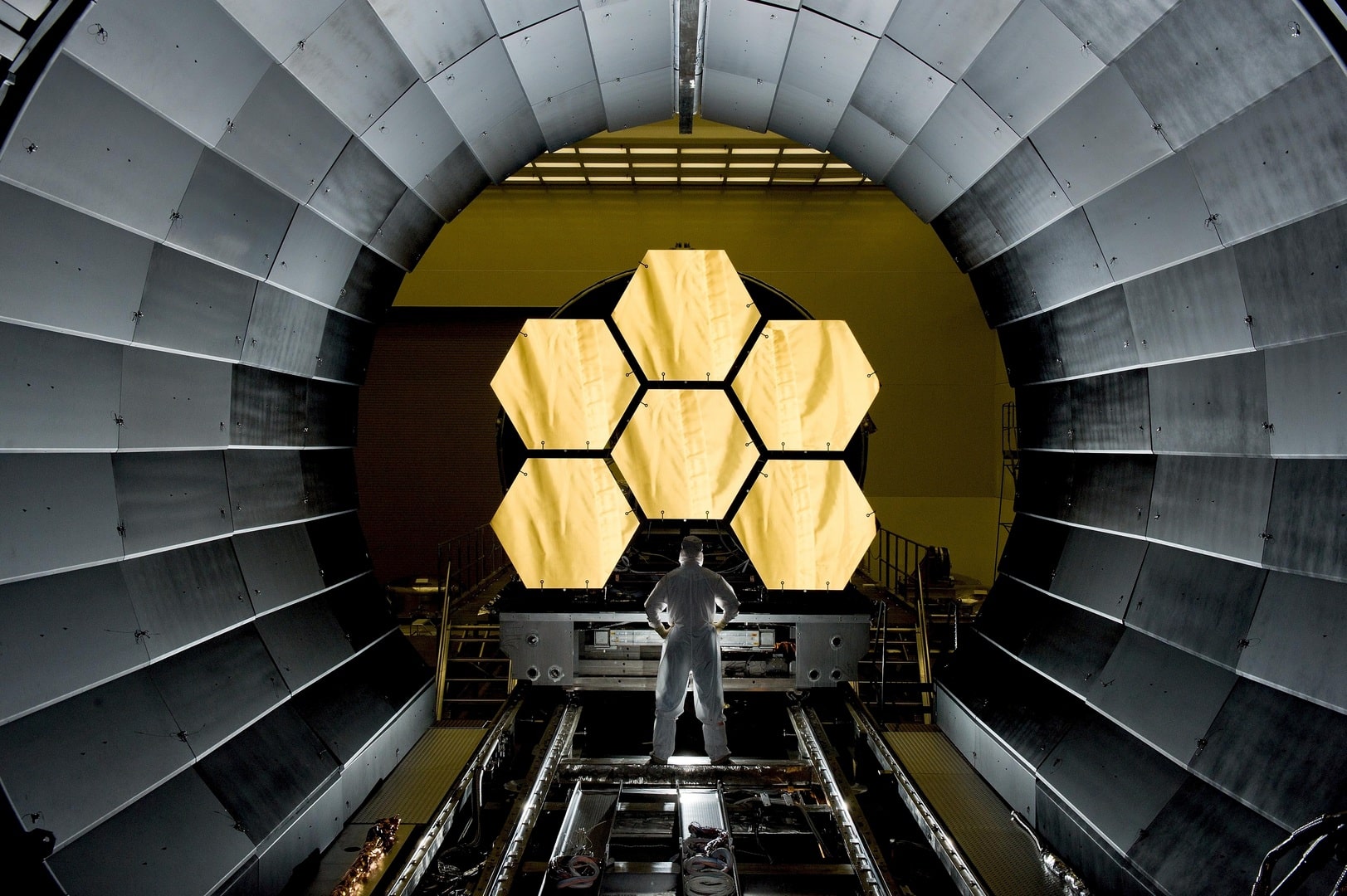IBM and Hugging Face release AI foundation model for climate science
IBM and Hugging Face have joined forces to democratize access to AI technology for climate science by releasing the watsonx.ai geospatial foundation model. This model, developed in collaboration with NASA, is built from NASA’s satellite data and will be the largest of its kind on Hugging Face. It is also the first-ever open-source AI foundation model developed in partnership with NASA.
Jeff Boudier, head of product and growth at Hugging Face, emphasized the importance of information sharing and collaboration in advancing AI. Open-source AI and the release of models and datasets are crucial in ensuring that AI benefits as many people as possible.
Climate science faces challenges in analyzing rapidly changing environmental conditions, necessitating access to the latest data. To tackle this issue, IBM entered into a Space Act Agreement with NASA to build an AI foundation model for geospatial data.
By making the geospatial foundation model available on Hugging Face, the companies aim to promote collaboration and accelerate progress in climate and Earth science. The jointly trained model, using Harmonized Landsat Sentinel-2 satellite data (HLS) over one year across the continental United States, has shown promising results, outperforming state-of-the-art techniques with only half the labeled data.
IBM’s collaboration with NASA aligns with NASA’s Open-Source Science Initiative, which aims to create a more accessible and inclusive scientific community. NASA has designated 2023 as the Year of Open Science to celebrate the benefits of sharing data, information, and knowledge openly.
The geospatial model leverages IBM’s foundation model technology and is part of their initiative to create and train AI models with transferable capabilities across different tasks.
IBM introduced the AI and data platform, watsonx, in June, designed to scale and accelerate the impact of advanced AI with trusted data. The commercial version of the geospatial model will be integrated into IBM watsonx and made available through the IBM Environmental Intelligence Suite (EIS) later this year.
By leveraging open-source technologies, this collaboration aims to effectively address climate challenges and contribute to a more sustainable future for the planet.





























